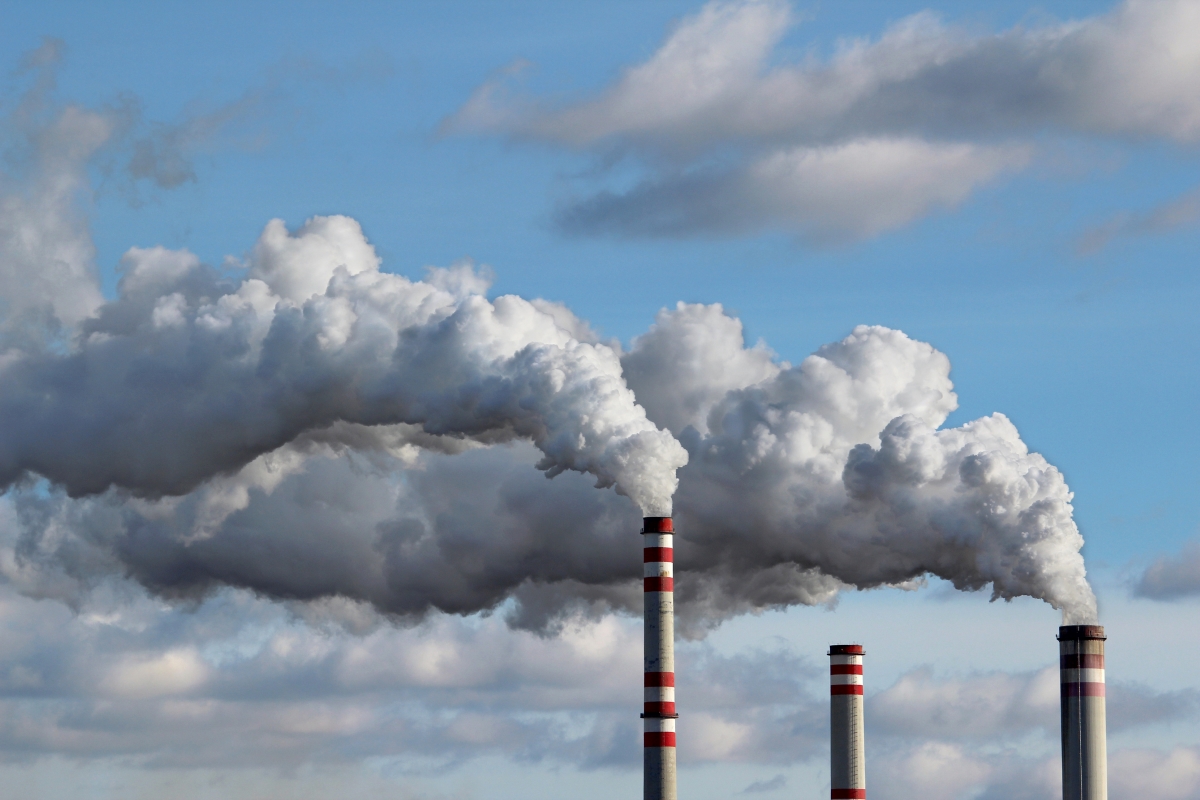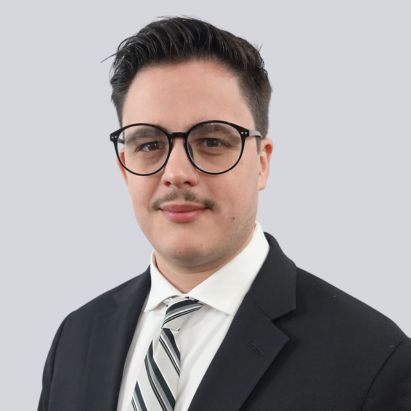Illinois Supreme Court Set to Interpret the Scope of Pollution Exclusions

On April 11, 2025, the United States Court of Appeals, Seventh Circuit, in Griffith Foods Int’l Inc. v. Nat’l Union Fire Ins. Co. of Pittsburgh, PA, 134 F.4th 483 (7th Cir. 2025)(“Griffith”) asked the Illinois Supreme Court to clarify Illinois case law by answering the following question: What relevance, if any, does a permit or regulation authorizing emissions play in assessing the application of a pollution exclusion within a standard-form commercial general liability policy? The Illinois Supreme Court’s answer to this question will have a large impact on how insurers respond to pollution litigation in the future.
This Seventh Circuit case stemmed from a coverage dispute under commercial general liability policies issued by National Union Fire Insurance Company of Pittsburgh, PA (“National Union”) to Griffith Foods and Sterigenics. In 1984, Griffith Foods was granted a permit by the Illinois Environmental Protection Agency (“IEPA”) for the use of the chemical ethylene oxide (EtO) as a medical supply sterilant. For 35 years, including after Sterigenics purchased Griffith Foods, Griffith Foods emitted EtO into the community of Willowbrook, Illinois, where its sterilization plant was located. These emissions allegedly caused serious injuries and illnesses to members of the community, including cancer and other diseases. In 2018, a government report identified EtO emissions as the cause of the illness. After the report was issued, over 800 community members sued Griffith Food and Sterigenics in Illinois state courts, where the lawsuits were combined into a “Master Complaint.” National Union denied Griffith and Sterigenics a defense under the policies, citing a standard form pollution exclusion in the policies. Griffith then sought a declaration in the district court that National Union owed Griffith and Sterigenics a defense. The district court found that this pollution exclusion did not bar coverage for Griffith and Sterigenics because the EtO was emitted under a permit issued by the IEPA. National Union appealed this ruling to the Seventh Circuit.
In determining whether the pollution exclusion applied to bar coverage for the Master Complaint, the Seventh Circuit acknowledged that it had to reconcile two Illinois cases, Am. States Ins. Co. v. Koloms, 177 Ill.2d 473, 687 N.E.2d 72 (Ill.1997) and Erie Ins. Exch. v. Imperial Marble Corp., 2011 IL App (3d) 100380, 957 N.E.2d 1214. (3d Dist. 2011). See Griffith, 134 F.4th at 490. Koloms held that “the predominant motivation in drafting an exclusion for pollution-related injuries was the avoidance of the ‘enormous expense and exposure resulting from the ‘explosion’ of environmental litigation’” and limited pollution exclusions to “injuries caused by traditional environmental pollution.” Koloms, 687 N.E.2d at 82. See Griffith, 134 F.4th at 490. In Imperial Marble, the insured emitted chemicals pursuant to a permit issued by the IEPA but had allegedly discharged more chemicals than authorized. Imperial Marble, 2011 IL App (3d) 100380, 957 N.E.2d 1214. The appellate court concluded that the pollution exclusion was “arguably ambiguous as to whether the emission of hazardous materials in levels permitted by an IEPA permit constitutes traditional environmental pollution excluded under the [CGL] policy.” Imperial Marble, 2011 IL App (3d) 100380, ¶ 22. Resolving the ambiguity in the insured manufacturer’s favor, the court held that the insurer had a duty to defend against the underlying claims. Id. See Griffith, 134 F.4th 483, 491.
The Seventh Circuit stated that the analysis was even more complicated by another Seventh Circuit decision, Scottsdale Indem. Co. v. Village of Crestwood, 673 F.3d 715, 718-20 (7th Cir. 2012), which held that a pollution exclusion barred coverage for the amounts of PCE—perchloroethylene (perc), a solvent widely used in dry cleaning, in the Village’s water supply which was below the maximum level permitted by environmental regulations. See Griffith, 134 F.4th at 492.
The Seventh Circuit acknowledged the tension between these cases and recognized that whichever case it decided to follow would determine whether coverage was available to Griffith and Sterigenics. Understanding the importance of this issue and the impact it could have on Illinois insurance law, the court reasoned it would be best for the Illinois Supreme Court to decide the proper interpretation of the pollution exclusion. Specifically, the Seventh Circuit stated that “Koloms goes a long way in telling us how to interpret a standard pollution exclusion in a CGL insurance policy, but, underscored by the tension between Imperial Marble and Scottsdale, the exact scope of traditional environmental pollution remains unclear, and leaves us ‘genuinely uncertain as to how to proceed.’” Griffith, 134 F.4th 483, 492. As such, the Seventh Circuit certified the following question to the Illinois Supreme Court:
In light of the Illinois Supreme Court’s decision in American States Insurance Co. v. Koloms, [227 Ill.Dec. 149,] 687 N.E.2d 72 (1997), and mindful of Erie Insurance Exchange v. Imperial Marble Corp., [354 Ill.Dec. 421,] 957 N.E.2d 1214 (2011), what relevance, if any, does a permit or regulation authorizing emissions (generally or at particular levels) play in assessing the application of a pollution exclusion within a standard-form commercial general liability policy?
Griffith, 134 F.4th at 493.
The Illinois Supreme Court’s answer to the question will impact insurers’ exposure for pollution claims. The pollution exclusions at issue are standard form pollution exclusions, which are extremely common in commercial general liability policies. If the Illinois Supreme Court decides to follow the reasoning articulated in Imperial Marble, an insured acting with a permit from a government agency will likely be entitled to coverage, and the pollution exclusion will likely be inapplicable in a wide variety of situations. As such, insureds will likely be more inclined to obtain various permits or other forms of permission from government entities to avoid liability falling within this exclusion. If the Illinois Supreme Court decides to align with the reasoning in Scottsdale, insurers will have stronger defenses to deny coverage under this common exclusion for various forms of pollution litigation in the future.
About Henry Rodriguez

Henry is an associate attorney in Tressler’s Insurance Services Practice Group. He provides insurance coverage analysis and litigation services for matters involving a wide variety of policies, including commercial and business liability policies. Prior to passing the Illinois Bar Exam, Henry worked as a law clerk at Tressler for more than two years, gaining experience in the areas of insurance, employment, aviation, HOA, and government law. Henry was also a Judicial Extern for Judge John Robert Blakey of the United States District Court for the Northern District of Illinois. Click here to read Henry’s full biography.
